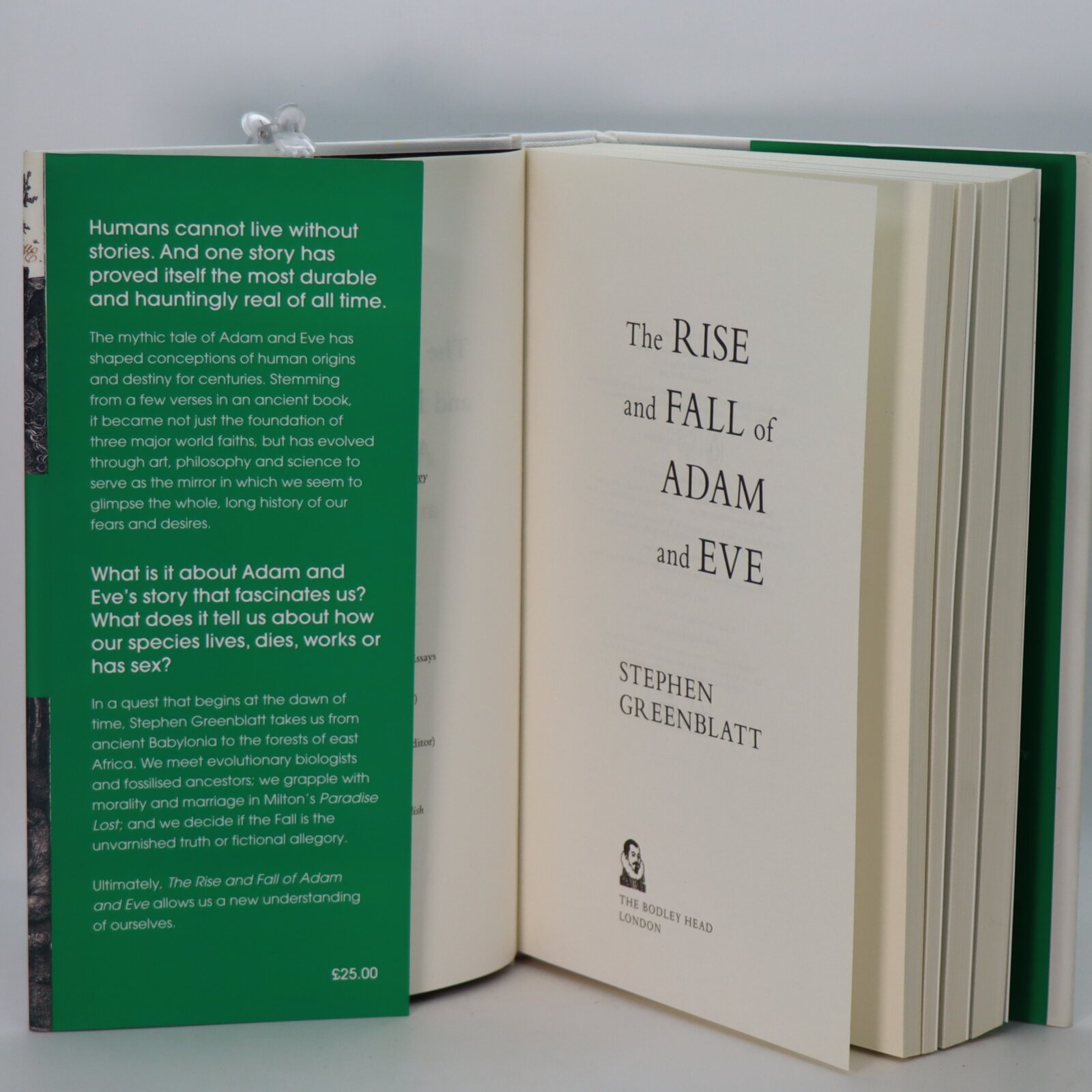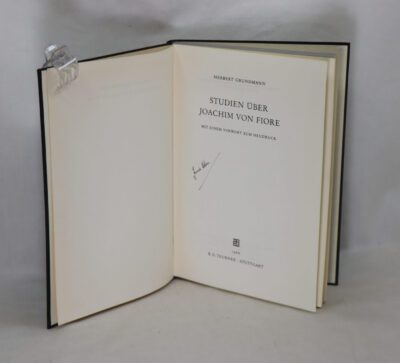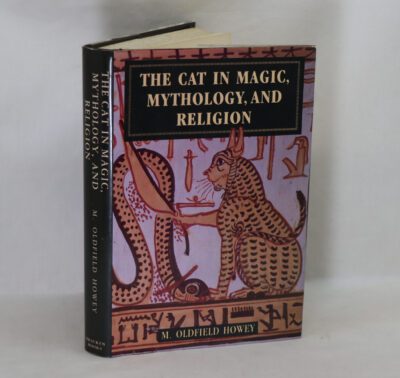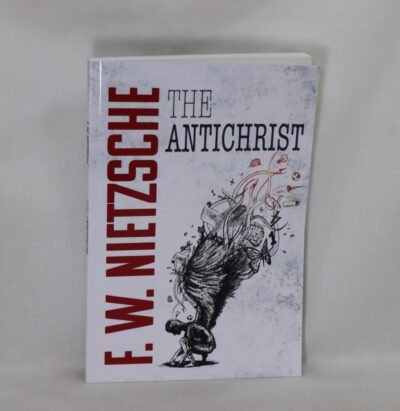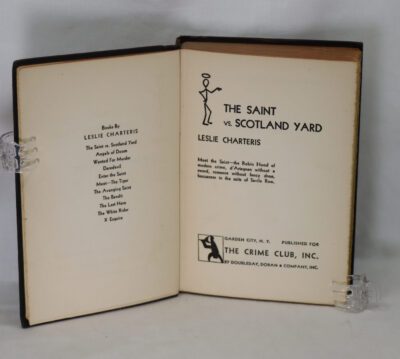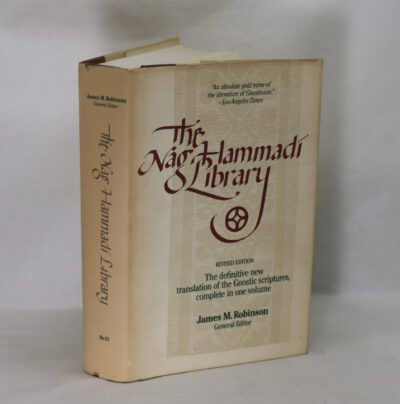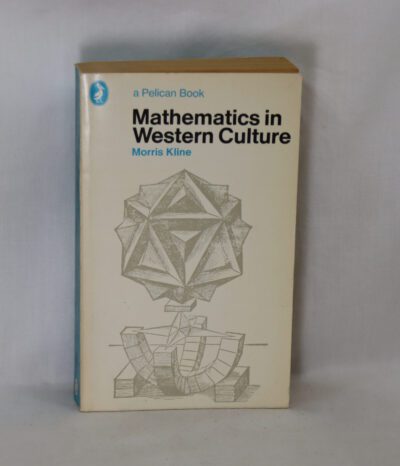The Rise and Fall of Adam & Eve.
By Stephen Greenblatt
ISBN: 9780393634587
Printed: 2017
Publisher: The Bodley Head. London
Edition: First edition
| Dimensions | 16 × 24 × 4 cm |
|---|---|
| Language |
Language: English
Size (cminches): 16 x 24 x 4
Condition: Fine (See explanation of ratings)
Item information
Description
In the original dustsheet. White cloth binding with green title on the spine.
F.B.A. provides an in-depth photographic presentation of this item to stimulate your feeling and touch. More traditional book descriptions are immediately available.
The Rise and Fall of Adam and Eve is a non-fiction book by literary historian Stephen Greenblatt, published in 2017. The book delves into the rise and fall of the story of Adam and Eve in Western culture.
Adam and Eve, according to the creation myth of the Abrahamic religions, were the first man and woman. They are central to the belief that humanity is in essence a single family, with everyone descended from a single pair of original ancestors. They also provide the basis for the doctrines of the fall of man and original sin that are important beliefs in Christianity, although not held in Judaism or Islam. In the Book of Genesis of the Hebrew Bible, chapters one through five, there are two creation
narratives with two distinct perspectives. In the first, Adam and Eve are not named. Instead, God created humankind in God’s image and instructed them to multiply and to be stewards over everything else that God had made. In the second narrative, God fashions Adam from dust and places him in the Garden of Eden. Adam is told that he can eat freely of all the trees in the
garden, except for a tree of the knowledge of good and evil. Subsequently, Eve is created from one of Adam’s ribs to be his companion. They are innocent and unembarrassed about their nakedness. However, a serpent convinces Eve to eat fruit from the forbidden tree, and she gives some of the fruit to Adam. These acts not only give them additional knowledge, but it gives
them the ability to conjure negative and destructive concepts such as shame and evil. God later curses the serpent and the ground. God prophetically tells the woman and the man what the consequences of their sin of disobeying God will be. Then he banishes them from the Garden of Eden. The myth underwent extensive elaboration in later Abrahamic traditions, and it has been extensively analysed by modern biblical scholars. Interpretations and beliefs regarding Adam and Eve and the story revolving around them vary across religions and sects; for example, the Islamic version of the story holds that Adam and Eve were equally responsible for their sins of hubris, instead of Eve being the first one to be unfaithful. The story of Adam and Eve is often depicted in art, and it has had an important influence in literature and poetry. Stephen Jay Greenblatt (born November 7, 1943) is an American Shakespearean, literary historian, and author. He has served as the John Cogan University Professor of the Humanities at Harvard University since 2000. Greenblatt is the general editor of The Norton Shakespeare (2015) and the general editor and a contributor to The Norton Anthology of English Literature. Greenblatt is one of the founders of new historicism, a set of critical practices that he often refers to as ‘cultural poetics’ his works have been influential since the early 1980s when he introduced the term. Greenblatt has written and edited numerous books and articles relevant to new historicism, the study of culture, Renaissance studies and Shakespeare studies and is considered to be an expert in these fields. He is also co-founder of the literary-cultural journal Representations, which often publishes articles by new historicists. His most popular work is Will in the World, a biography of Shakespeare that was on The New York Times Best Seller for nine weeks. He won the Pulitzer Prize for General Non-Fiction in 2012 and the National Book Award for Nonfiction in 2011 for The Swerve: How the World Became Modern.
Want to know more about this item?
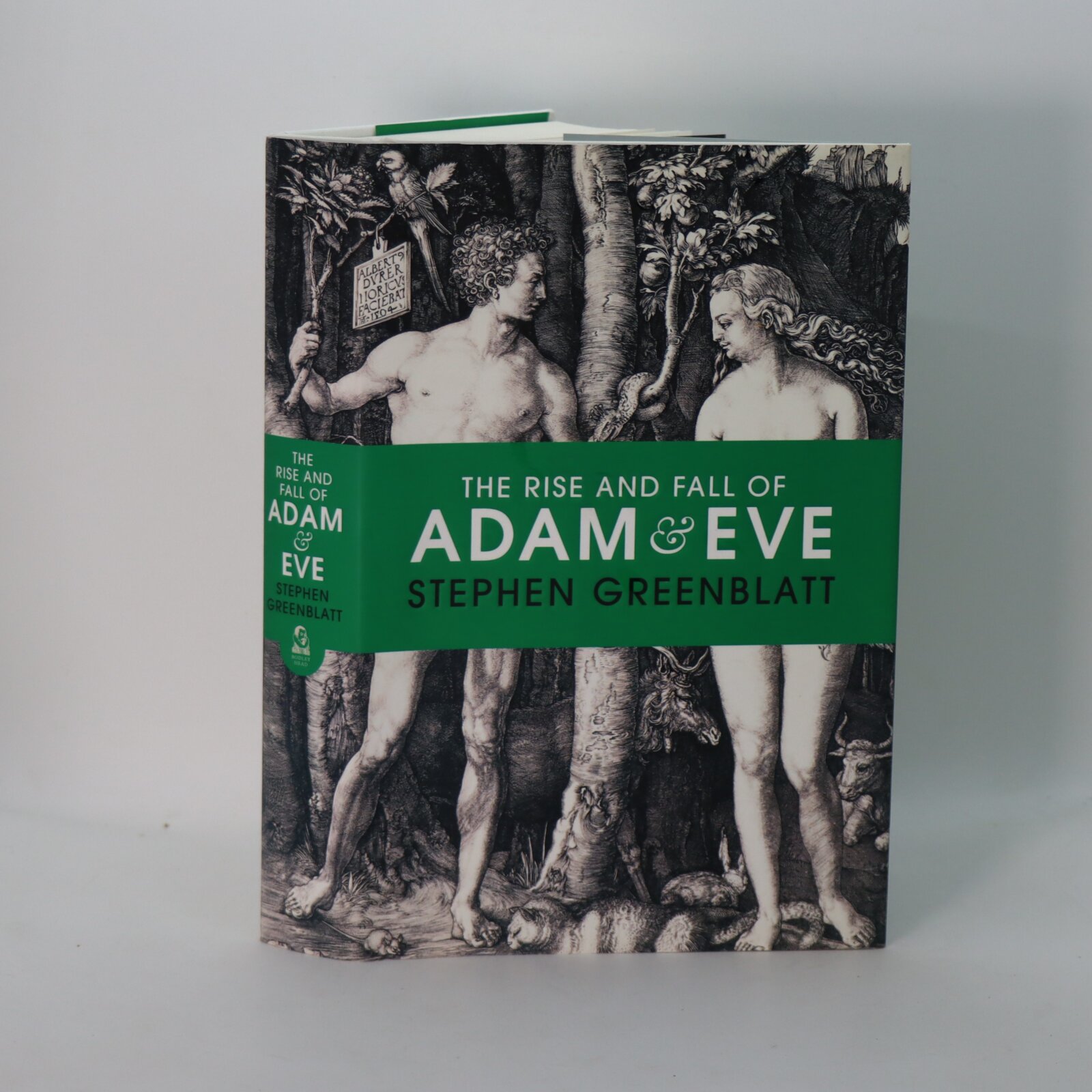
Related products
Share this Page with a friend

